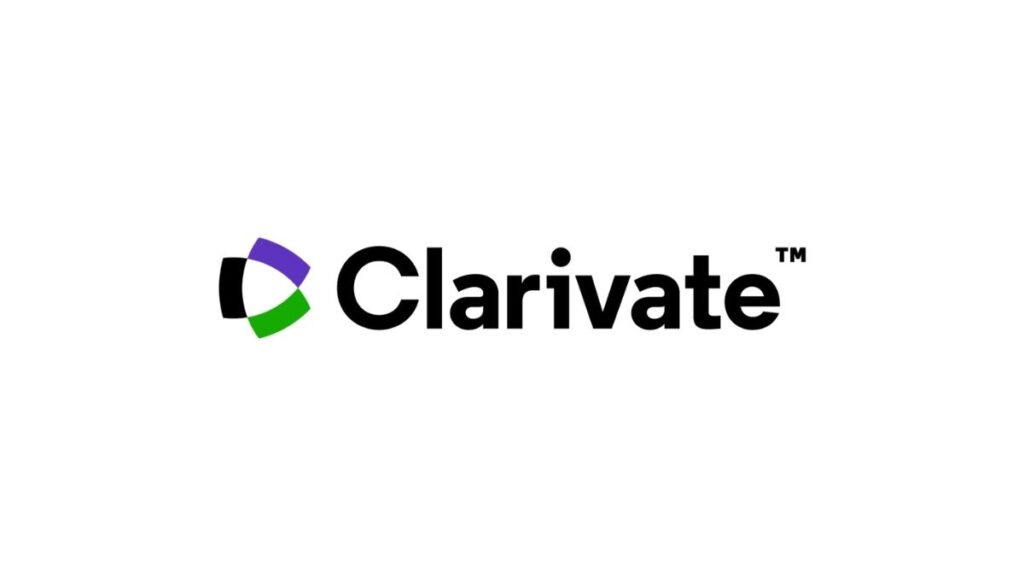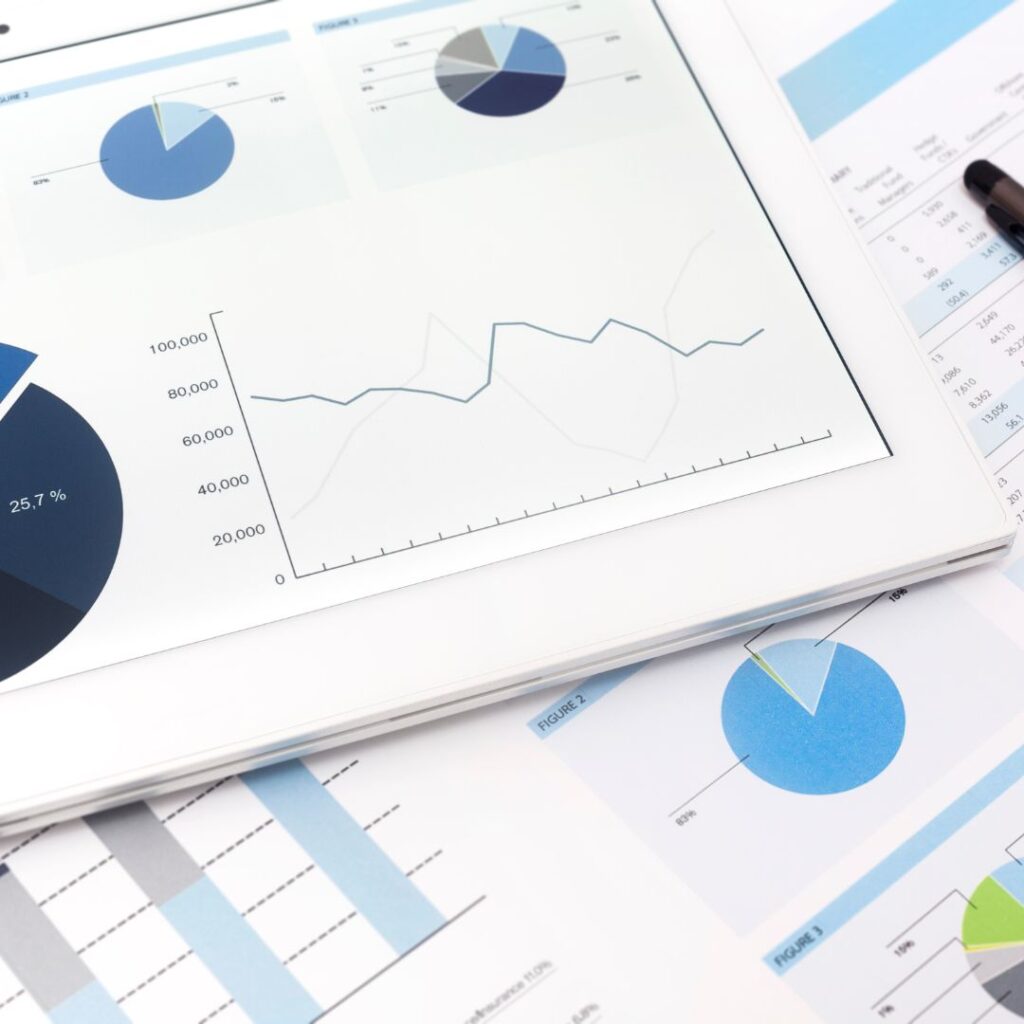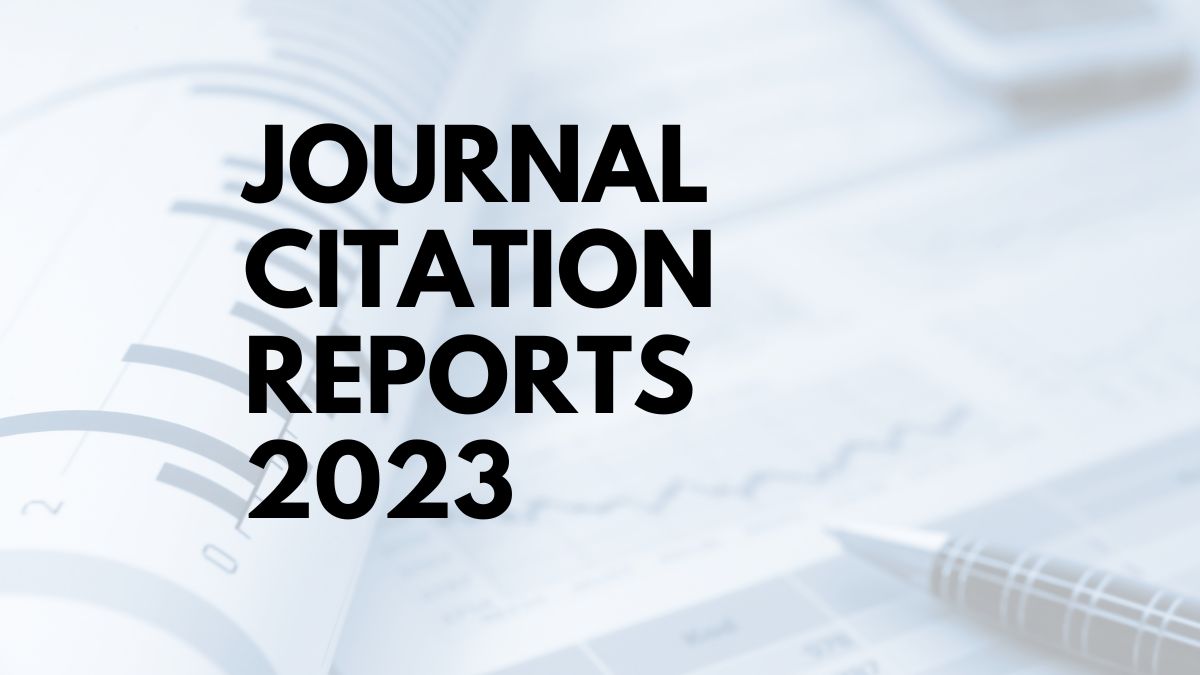Table of Contents
- What are the Journal Citation Reports?
- What are the important takeaways and changes in the Journal Citation Reports 2023?
The Journal Citation Reports 2023, the latest scholarly report by Clarivate Analytics was recently unveiled, with some significant changes.

The reports are long-awaited, yearly, by the journal’s editorial team and management as the data in the document can mean progress, stagnation or decline.
But before we delve further, let’s understand more about what the Journal Citations Reports are, what they do, and why the data are important in the scholarly arena.
What are the Journal Citation Reports?

Journal Citation Reports (more commonly abbreviated as JCR) is an annual publication by Clarivate Analytics that provides quantitative information on the impact of scholarly journals.
The reports have been in the market for quite a while, launched since 1975.
The Journal Citation Reports are used by librarians, researchers, and administrators to evaluate the impact, importance and quality of academic journals.
Researchers and academics prefer to publish in high-impact journals for a number of reasons. High-impact journals are more likely to be read by other researchers and academics, which means that the research is more likely to be cited and have an impact on the field.
Additionally, high-impact journals are often seen as more prestigious, which can help researchers and academics to advance their careers.
Clarivate Analytics is a company that provides information and analytics to the sciences, technology, and healthcare industries. The company was formed in 2016, after Onex Corporation and Baring Private Equity Asia acquired Thomson Reuters’ Intellectual Property and Science Business.
The Journal Citation Reports provide a series of data. These include the following:
- Citation data: This data shows how often a journal is cited by other journals. This is used to measure the impact of a journal.
- Source data: This data shows which journals are citing a particular journal. This is used to identify the journals that are most relevant to a particular field of study.
- The impact factor (more accurately, Journal Impact Factor or JIF): This is a measure of the average number of times a journal’s articles are cited in a particular year. It is calculated by dividing the number of citations to a journal’s articles in a given year by the number of articles published in that journal in the previous two years.
What are the important takeaways and changes in the Journal Citation Reports 2023?
Here, we look at the changes in the Journal Citation Reports 2023 as outlined by Clarivate themselves.
- How many scholarly journals are covered?
In the 2023 Journal Citation Reports, over 21,500 journals from across more than 250 research disciplines are covered. Remember, we once discussed how many academic journals are there in the world.
- Journal Impact Factor widened
The Journal Impact Factor values, Clarivate’s flagship measure of a journal impact, will now begin to include journals indexed in the Arts & Humanities Citation Index (AHCI) and Emerging Sources Citation Index (ESCI). These two have been previously part of the Web of Science Core Collection, but were never assigned the Journal Impact Factor. Altogether, over 9,000 new journals encompassing some 3,000 publishers will benefit from this change. However, journals in the ACHI and ESCI will not be ranked or receive a quartile until 2024.
- Decimal places
In the previous years, the Journal Impact Factor is displayed in 3 decimal places (e.g., 1.035). But this year onwards, the value will be only in 1 decimal place (e.g., 1.0). But Clarivate is well aware that reducing the decimal places will increase the likelihood of journals scoring exactly the same points, hence influencing the journal ranking. Hence, new mechanisms will be added to determine which journal ranks higher.
Conclusion
In conclusion, the Journal Citation Reports are a valuable resource for anyone who wants to understand the impact of scholarly journals. It is used by librarians to make decisions about which journals to subscribe to, by researchers to identify the most important journals in their field, and by administrators to evaluate the quality of their research programs.
High-impact journals get better data metrics and are often more selective, which means that researchers and academics can feel confident that their work is of high quality.
However, it is important to note that not all high-impact journals are created equal. Some high-impact journals are more selective than others, and some are more prestigious than others. It is important for researchers and academics to choose high-impact journals that are a good fit for their research and their career goals.
It is also to be noted that more changes will come as the years go by and as Clarivate make attempts to continually improve the data and the reporting.

2 thoughts on “Journal Citation Reports 2023 Released”